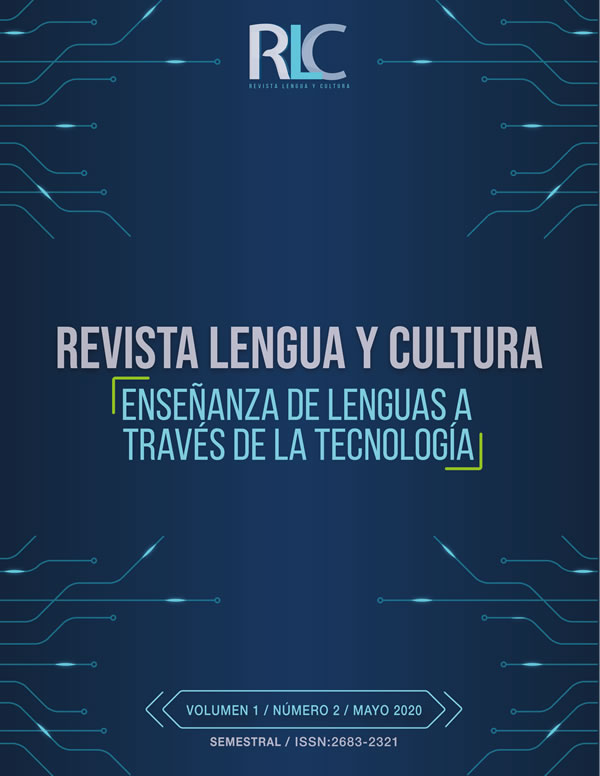Engaging foreign language students via hybrid learning
Abstract
Our article aims to encourage foreign language teachers at higher education institutions in Mexico to implement hybrid learning in their classrooms in order to increase learner engagement with the foreign language and to provide more opportunities to practice the target language outside the classroom. We begin by defining hybrid or blended learning and some of its advantages, distinguishing this mixed method from the flipped classroom. We then discuss and exemplify in greater detail which tools we have chosen to support the online component of our classes and how we have implemented them. We conclude our article with a brief discussion of three concrete challenges we faced during the implementation process and how we resolved them reaching our conclusion that the implementation of hybrid learning needs to be well planned if it is to support the language learning process of our students.
Downloads
References
Blake, R. (2008). Brave new digital classroom: Technology and foreign language learning. Washington, DC: Georgetown University Press.
Canale, M., & Swain, M. (1980). Theoretical bases of communicative approaches to second language teaching and testing. Applied Linguistics; 1(1): 1-47.
Cennamo, K., Ross, J., & Ertmer, P. (2010). Technology integration for meaningful classroom use: A standards based approach. Belmont, CA: Wadsworth.
Chapelle, C. (2001). Computer applications in second language acquisition. Cambridge, UK: Cambridge University Press.
Chapelle, C. (2003). English language learning and technology. Philadelphia, PA: John Benjamins.
Halverson, L.R., & Graham, C.R. (2019). Learner engagement in blended learning environments: A conceptual framework. Online Learning; 23(2): 145-178. doi:10.24059/olj.v23i2.1481
Keller, J.M. (1987). Development and use of the ARCS model of instructional design. Journal of Instructional Development; 10(3): 2-10.
Knight, B. (2018). How long does it take to learn a foreign language? [Blog post]. Retrieved from: https://www.cambridge.org/elt/blog/wp-content/uploads/2018/10/How-long-does-it-take-to-learn-a-foreign language.pdf
Motteram, G. (2011). Developing language-learning materials with technology. In B. Tomlinson (Ed.). Materials development in language teaching (pp. 303-327). Cambridge, UK: Cambridge University Press.
Park, Martin, & Lambert. (2019). Examining predictive factors for student success in a hybrid learning course. The Quarterly Review of Distance Education; 20(2): 11–27.
Wang, Huang, Schunn, Zou, & Ai. (2019). Redesigning flipped classrooms: A learning model and its effects on student perceptions. Higher Education; 78: 711–728. doi:10.1007/s10734-019-00366-8
Copyright (c) 2020 Brita Banitz, Patricia Lanners Kaminski

This work is licensed under a Creative Commons Attribution-NonCommercial-NoDerivatives 4.0 International License.













